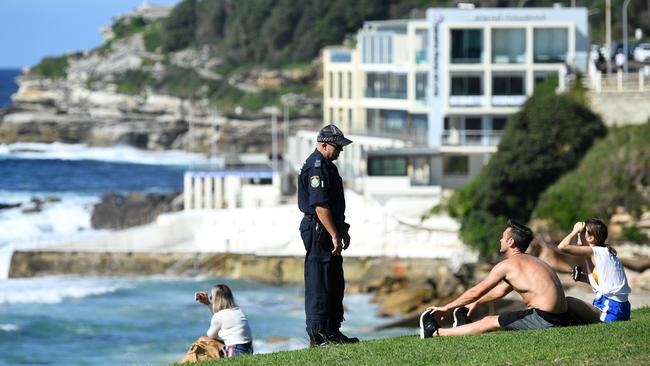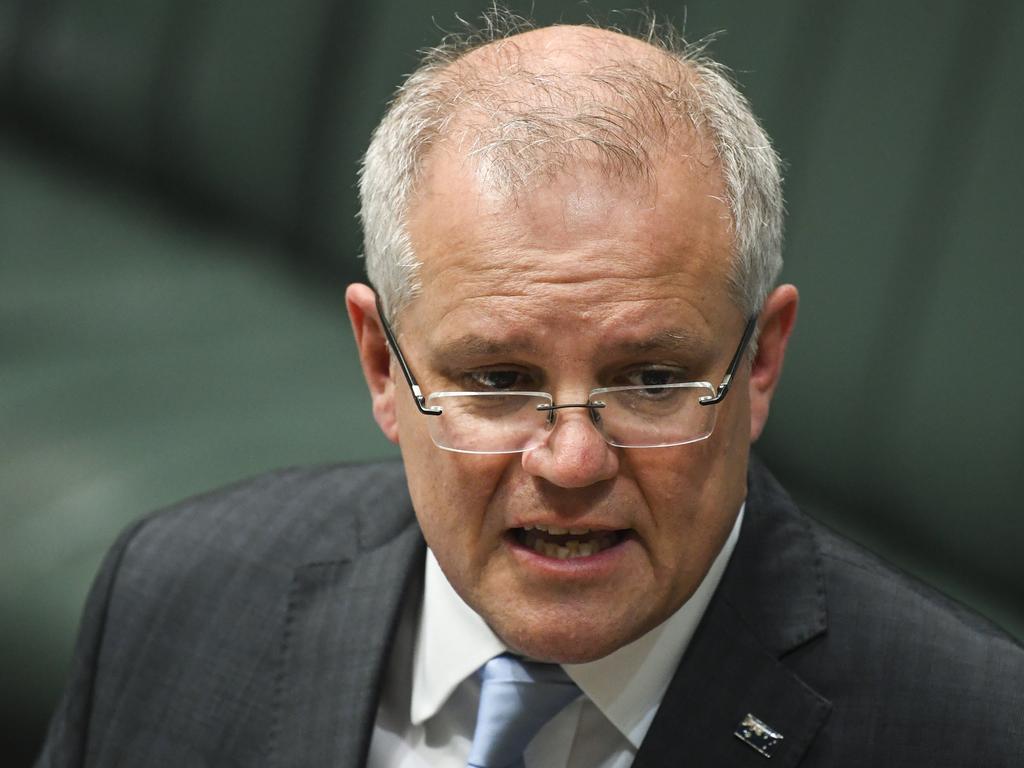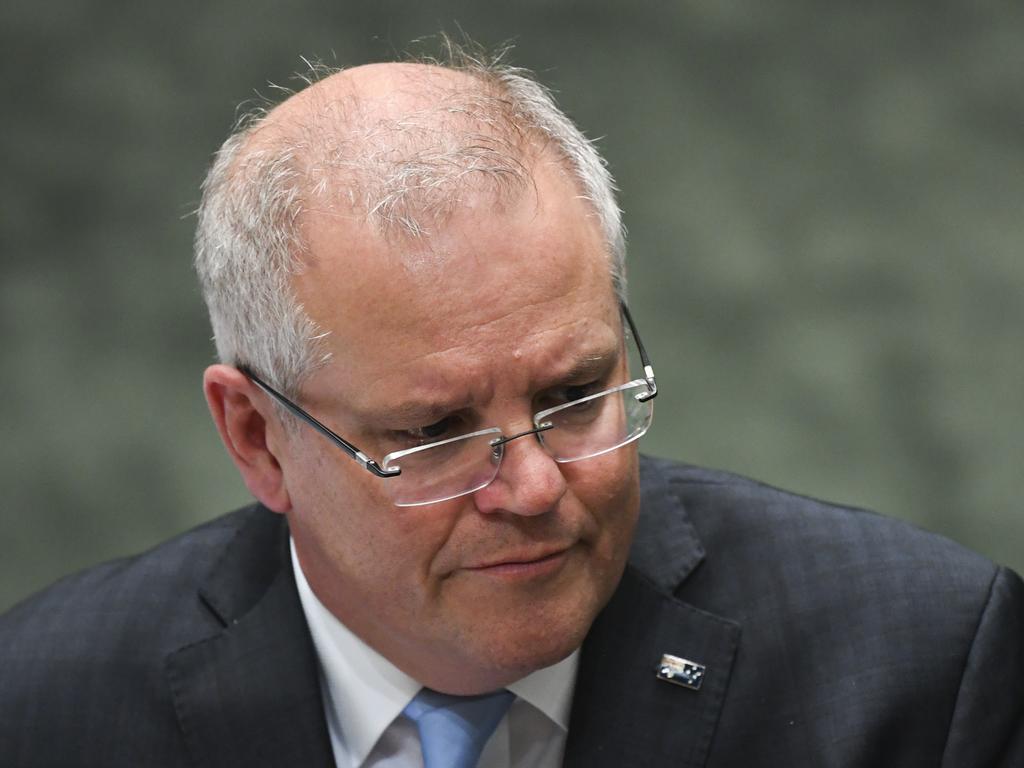
On the most optimistic scenario the global economy will shrink 30 times more than it did during the global financial crisis, causing about $US9 trillion in income to evaporate over the next few months.
The International Monetary Fund’s latest economic outlook catalogues a high-speed economic train crash that will see unemployment, debt and bankruptcies soar more suddenly than ever before.
The “Great Lockdown†to fight COVID-19 will cost the world economy $US9 trillion and trigger a decline in global output 30 times greater than during the global financial crisis, according to IMF predictions for the worst year since the Great Depression. https://t.co/6DkdBiXumO
— The Australian (@australian) April 14, 2020
Governments are powerful and they have never before acted to shut down their economies, borrow and spend on this scale. They will collectively spend an extra $US3.3 trillion to prop up output, which is nevertheless expected to shrink 6.1 per cent in 2020 across advanced nations, including 9.1 per cent in Italy — the worst affected.
They will extend and guarantee loans for a further $US4.5 trillion, much of which will probably never be repaid, the IMF also estimated. Public and private debt, almost $US290 trillion ahead of the crisis, will soar once again. Advanced nations’ average debt will surge to the equivalent of 122 per cent of GDP, up from 105 per cent now.

No one can accuse the government of not doing enough to offset the effects of the shutdown. The spending and revenue measures amount to 10.6 per cent of GDP on the IMF’s reckoning, far more than any other developing or developed nation has proposed — double Canada’s, more than triple Britain’s.
With relatively good public finances, we can better afford it. India’s total support amounts to just 0.7 per cent of GDP. The trick will be to use this crisis as a platform to reform tax and regulation, to make the inevitable rebound, however far off it is, more bearable.
Not all governments, already so indebted, can borrow on such a scale without seriously testing the fabric of their economies: the monetary system. Much of this borrowing will be financed by governments’ own central banks. It’s already happening here, as the Reserve Bank buys up newly issued federal and state government bonds.

The IMF is assuming the pandemic fades in the second half of the year — no second waves — and the policies now being unfurled are effective “in preventing widespread firm bankruptcies, job losses and system-wide financial strains”.
If that happens, global growth in 2021 will be just under 6 per cent, the IMF says. For now, the IMF backs the governments that fund it. “There is no trade-off between saving lives and saving livelihoods” its chief economist declared. If only that were true. When historians look back on 2020 it’s not clear whether they will focus on one of the greatest pandemics or the damage caused by the response to it.








Governments will never know how many lives they have saved by prompting the Great Lockdown, which will shortly tip the world into the biggest economic contraction since the Great Depression. But we should all hope it’s a lot.